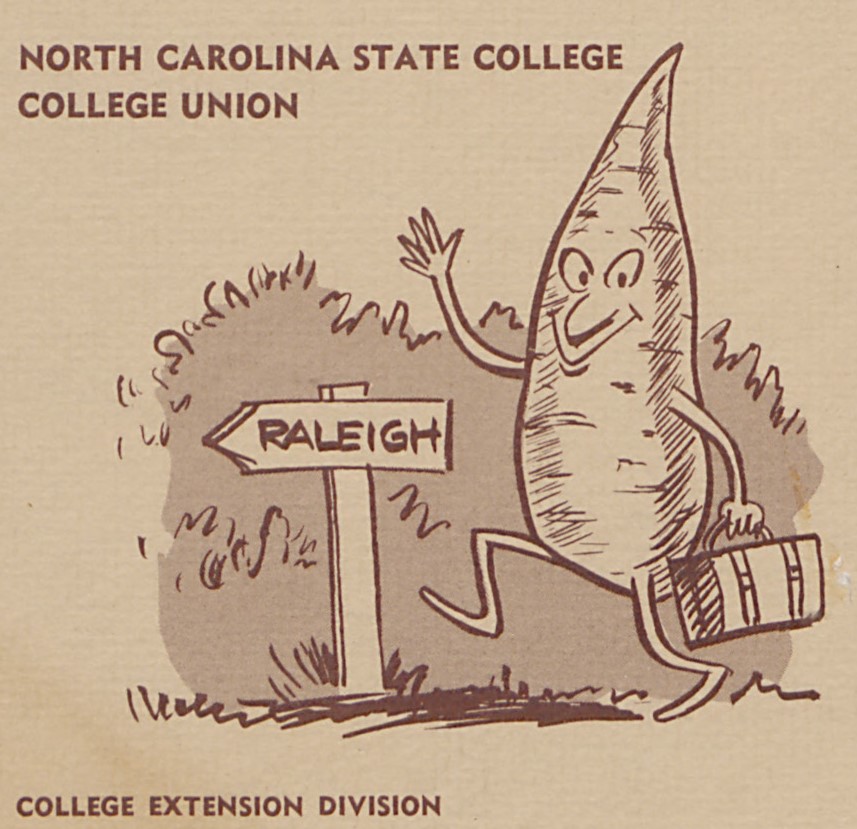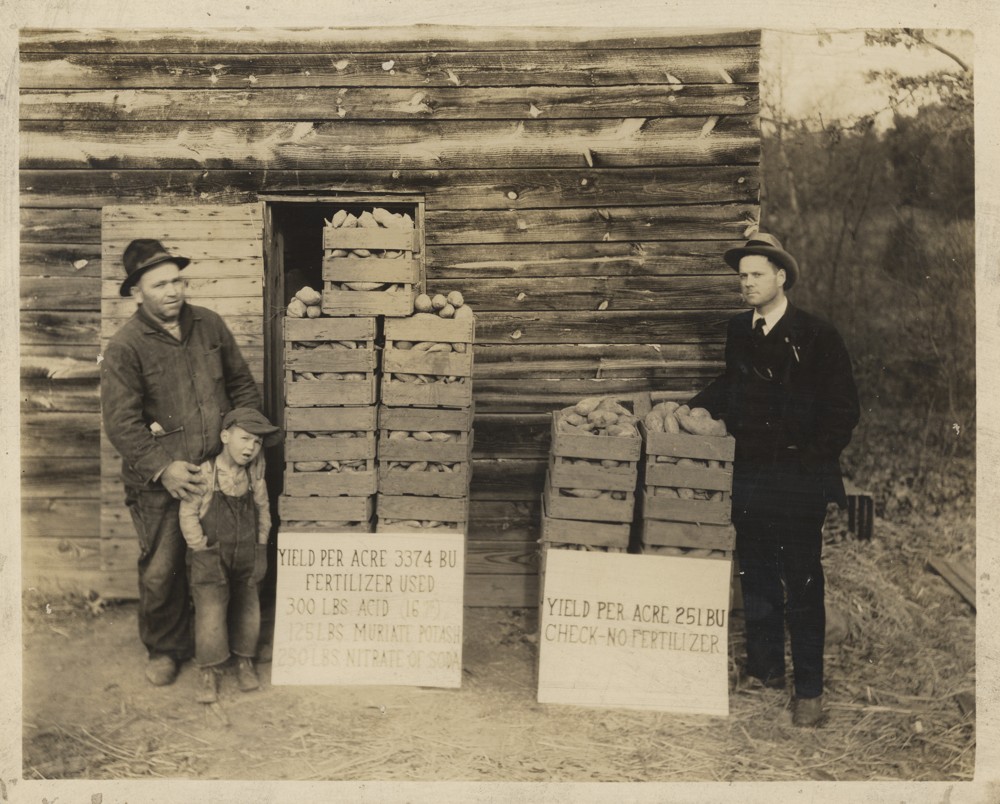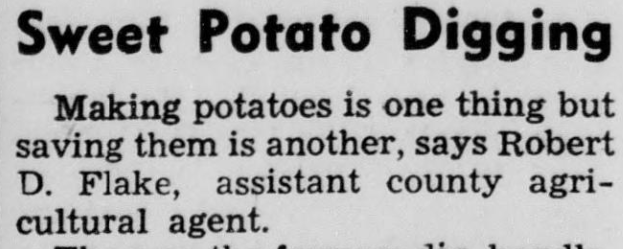Thanks to our partners, Little River Historical Society and the University of North Carolina at Chapel Hill, as well as funding from the Library Services and Technology Act (LSTA), issues dating from 1956 to 1963 of The Zebulon Record are now available for viewing on DigitalNC.
Looking to connect Raleigh to Wilson, the Raleigh and Pamlico Sound Railroad (later named Norfolk and Southern Railroad) investors sought to lay track through the already established Town of Wakefield, but were turned down by property owners. Instead, the investors moved the connection site 1.5 miles south of Wakefield. From this connection site, the Town of Zebulon was born, receiving its charter on February 17, 1907. In addition to the train connection site, Zebulon’s increased growth can be attributed to its status as having the best soil for growing tobacco in eastern North Carolina as well as a tobacco market which opened in 1917. Tobacco, however, was not the only crop grown in Zebulon.
Originating in South or Central America, sweet potatoes have been grown in North Carolina since at least 1723. Linked to the decline in tobacco, North Carolina farmer began using their surplus land to grow sweet potatoes. Since then, North Carolina has risen to the largest producer of sweet potatoes in the United States. In 2021, the state produced 64% of America’s total production.
At a Zebulon Farm Bureau meeting in February 1955, Foster Finch proposed farmers grow sweet potatoes on the land that would be unused that season as a result of reduced tobacco allotments. Finch, the Wakelon Trading Corporation operator, even agreed to provide storage space for the sweet potatoes (minimum 15,000 bushels of course), along with taking responsibility for curing them. However, without a marketing outlet for the sweet potatoes at the time and lack of confidence that they would be able to produce the minimum bushels, farmers were timid to join the project.
To combat this, a marketing specialist from the North Carolina Department of Agriculture [May 13, 1955] as well as sweet potato and NC State Extension experts were brought to Zebulon to teach farmers the best growing techniques and discuss factors they should consider in producing and marketing their sweet potatoes. View our newly added issues from 1956 to 1963 of The Zebulon Record to learn more about the outcome of the sweet potato project.
To learn more about Little River Historical Society, visit their website here.
To view more newspapers from across North Carolina, visit our newspaper collection.
Information and images in this blog post not from DigitalNC was gathered from the following resources: Zebulon Chamber of Commerce, NC State University Libraries’ Rare and Unique Digital Collections, and the North Carolina History Project.




